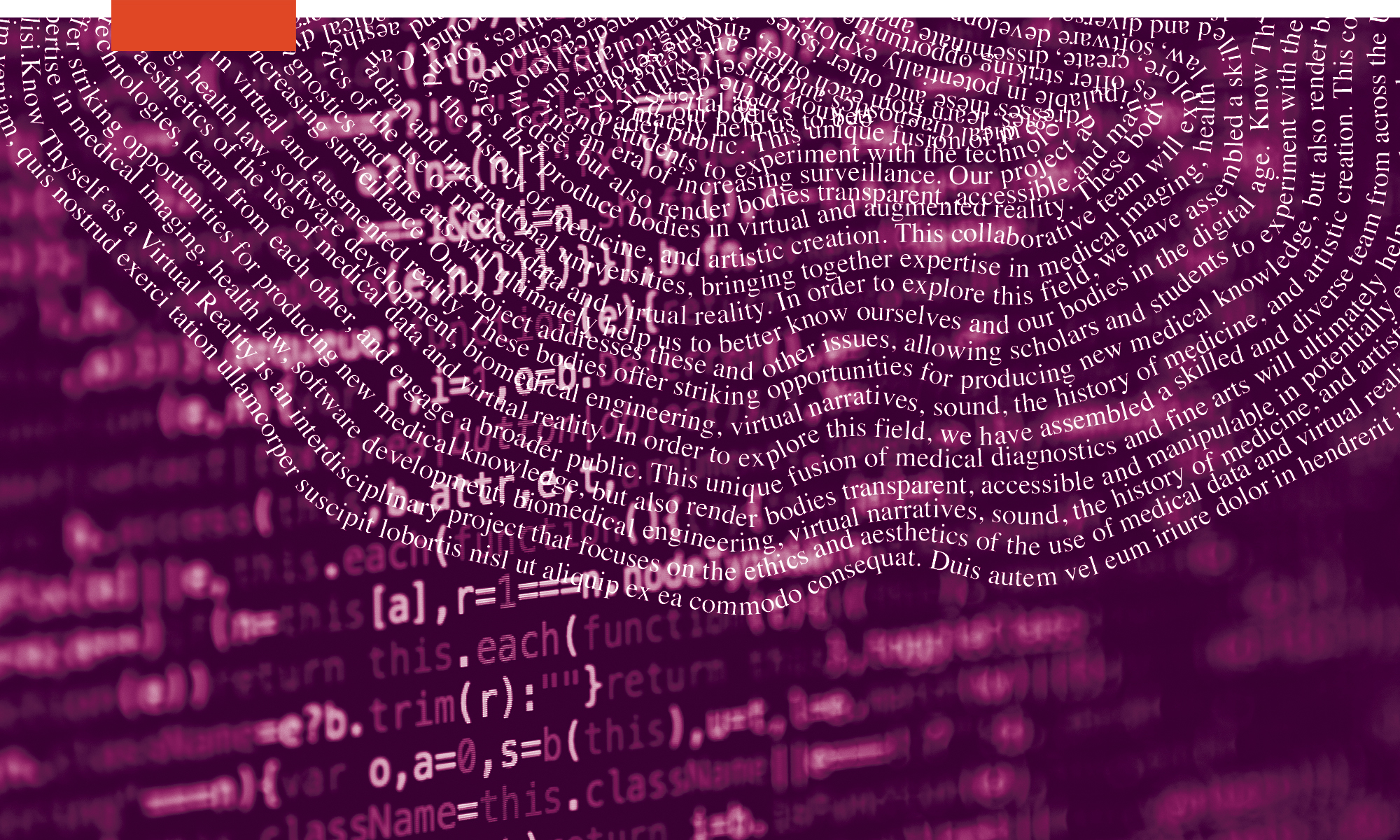The Nearest Window
Excerpt about The Nearest Window from Know Thyself as a Virtual Reality essay by Lianne McTavish
Dana Dal Bo’s VR artwork, which also uses the metaphor of the window, reveals some of the exploitative labour practices that fuel capitalist productivity. Her research both explores and undermines Amazon’s Mechanical Turk (MTurk) crowdsourcing website. According to the MTurk site, it provides “a marketplace for completion of virtual tasks that require human intelligence … such as identifying objects in a photo or video, performing data de-duplication, transcribing audio recordings, or researching data details.” The corporate body profiting from MTurk portrays it as a convenience that allows businesses to access remotely located workers and pay them low wages for performing menial tasks online. The name of this service highlights the labour hidden within technologies. Mechanical Turk was an eighteenth-century chess-playing machine that turned out to be an illusion. Rather than an astonishing automaton able to replace and surpass human efforts, the machine contained a chess expert concealed within it. Dal Bo’s artwork shows that human bodies continue to produce the labour underpinning virtual technologies that may otherwise seem both magical and effortless.
The artist asked MTurk’s anonymous workers to take a picture of what they could see through their nearest window, and send it to her. She then used geolocation markers to link these images with the material realities of the locations of individual workers. When visitors don a VR headset and enter Dal Bo’s work, they can move as if playing a video game, through what appears to be an uninhabited office space. Yet each desk features a computer screen with one of the digital pictures ⸻ some of them portray industrial wastelands ⸻ submitted by an MTurk worker. These digital images all contain metadata, including the device from which the digital image was taken and its geolocation coordinates. As visitors approach the screens in the abandoned office, they are teleported into the closest 360-degree image available online, based on the image’s geolocation metadata, which potentially brings them closer to the location of that worker. Some locations were easy for Dal Bo and her collaborators to detect but others were more difficult, especially those in such places as China where search engines that enable geolocation are challenging to access. Dal Bo provides a VR experience at odds with repeated assertions that increased information technology will replace labour and even herald “the end of work” predicted by economist Jeremy Rifkin in 1995. An unseen and underpaid labour force grounds the existence of these technologies, with workers sourcing raw materials, and mass producing computer parts as well as the headsets that bring virtual technologies to populations living in the Global North.
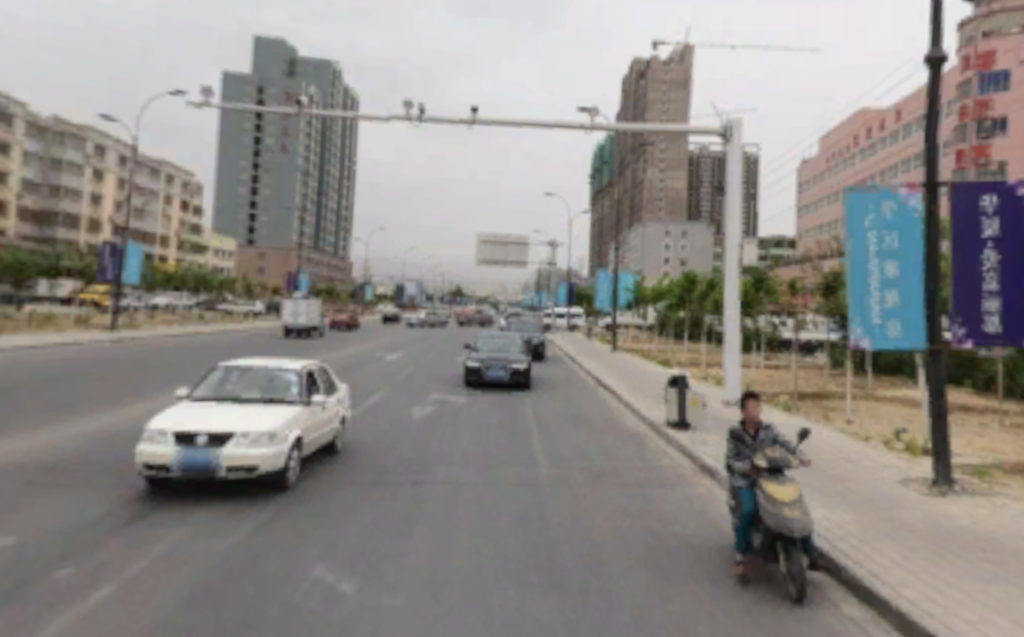
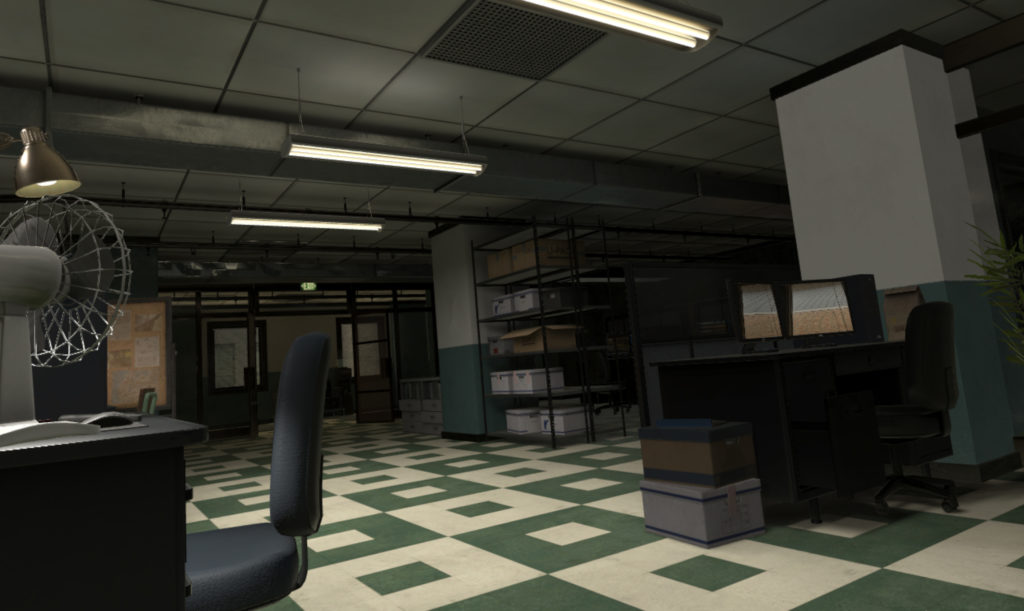
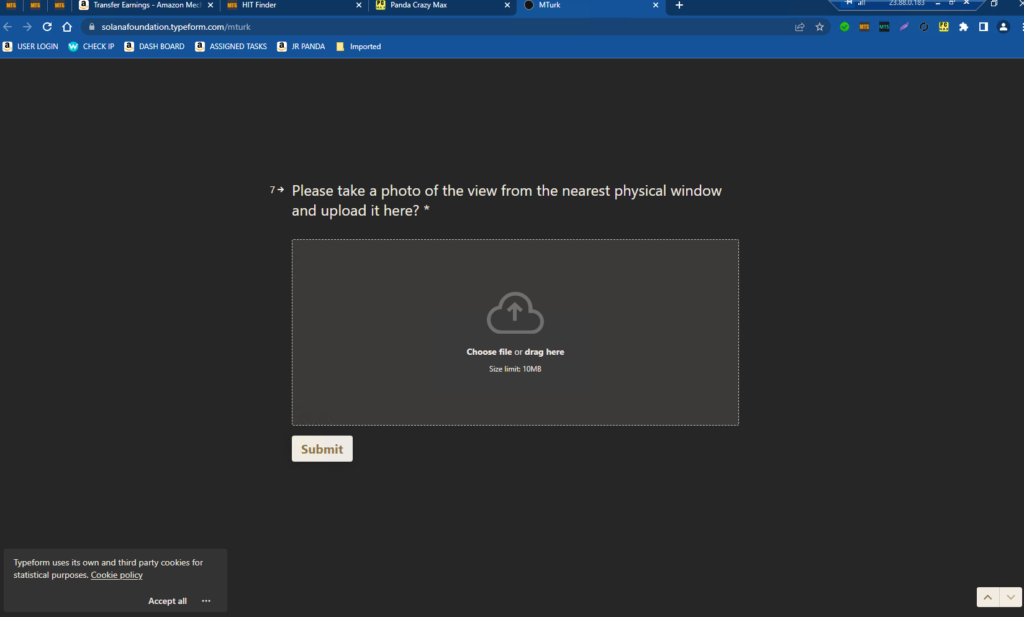
Dana Dal Bo (she/her), a settler scholar, is internationally renowned for exploring how bodies are increasingly fragmented — scattered through cellular, celestial, and digital landscapes (danadalbo.com). In a recent collaboration, Hybrid Bodies, Dal Bo investigated the phenomenological intricacies of organ transplantation, examining the re/de/construction of self in complex biological systems. Utilizing a unique back-and-forth methodology, Dal Bo’s research is in dialogue with the digital body and otherness, highlighting the corporeal anxieties of our digital era.
Artist – Dana Dal Bo
Unity & programming development – Walter Ostrander
3D Backrooms environment and modeling – Bhagyashree Zala
Office environment by Backrooms
MRI Research Associate – Peter Seres
